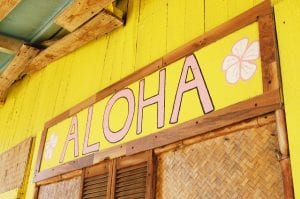
Laura DePonte via flickr, CC BY-NC-ND 2.0
Over an organization’s two-plus decades in existence, how do staff and volunteers measure impact and build off of lessons learned to guide their next steps forward?
Our community-based economic development organization turned 25 this year and our team has begun to reflect on and attempt to capture the successes in its history. It is thus ideal timing that Shelterforce asked me to write up some thoughts on Democracy Collaborative’s new book Conversations on Community Wealth Building because it provides us, as an intermediary, with an opportunity to review and discuss our work in the context of the field.
The Democracy Collaborative’s senior fellow Steve Dubb introduces the book—a series of interviews of cooperative developers, community activists, impact investors, and social enterprise innovators—with an overarching definition of community wealth building: “an assets-based approach that addresses economic inequality and poverty by building on existing local talents, capacities, capital, and expenditure flows to develop community-owned businesses that are anchored in place and can sustain the economy for the long haul.”
In the 80s, the founders of the Hawai’i Alliance of Community-Based Economic Development (HACBED) were excited as the community-based economic development field was just taking off and they had new language to articulate their effort and connect with others on a national level. When I started at HACBED, my first blog was an attempt to define wealth. In a nutshell, it’s similar to what Steve wrote—genuine wealth is more than financial. It’s the connection to place, people, and culture.
Our growing community wealth building field has the goal of building “a new economic system where shared ownership and control creates more equitable and inclusive outcomes, fosters ecological sustainability, and promotes flourishing democratic and community life.” Our mission at HACBED is to “build capacity of families and communities across Hawai‘i so they have choice and control to push for social, economic, and environmental justice.” The community wealth building movement in Hawai‘i benefits from a thriving culture that can help those of us who are not native Hawaiian to understand, and strive to live in a way that is truly rooted in place.
Steve’s interviews with leaders in the field explore those overarching themes. Below I’ll highlight a few that stand out for me for how they relate to my organization’s work, and I’ll circle back to them in subsequent posts:
-
Image from the Hawaii Alliance for Community-Based Economic Development.
Access to Capital: HACBED was in part started out of desire to partner with government to provide community-based organizations with small amounts of money for planning and implementation, which would also sustain the fund. Its larger goal was to provide community-based organizations with access to capital and support to get their projects off of the ground. Yet this issue has grown even larger with the increasing complexities and costs of execution, and the influx of global entities that are seemingly able to finance developments with very little community input. We must assist community groups in navigating these issues as well as the myriad opportunities that could be seized with new approaches like impact investing, as well as longstanding ones like loan funds and CDFIs.
- Tensions in the Work: community work is naturally fraught with tension, and individuals and groups need to compromise in order to move the work forward and shift existing systems. We must continue to facilitate that dialogue, as developments spring up across communities that may have different visions for wealth.
- Building Social Enterprise: the current climate has pushed many to explore what this means here in Hawai‘i through tiered service delivery models, cultural tours, value-added products, and so forth. But there is also a silent recognition that this could lead to shifts in operations that on the extreme side can lead to the shutting down of an entity’s nonprofit function. We must ensure that the social aspect retains the same level of consideration as enterprise and mission—with community remaining the key driving force to ensure adherence to mission.
- Land: land trusts abound in Hawai‘i, but they are mainly for natural resources and not so much for affordable housing. Land banks are not a big thing here. Taking a larger view, land is a critical issue in Hawai‘i, given its history of dispossession of native Hawaiians, the general limited nature of land on the islands, and the growing interests of newcomers wanting to own a piece of “paradise.” With these growing pressures, are land trusts and land banks mechanisms to explore to maintain community ownership of land? If so, we must take into account the historical and cultural implications of ownership, and acknowledge that the concept of land ownership is diametrically opposed to a native world view before we move forward.
- Transnational Influence: Hawai‘i is considered a melting pot due to its mix of cultures, and I believe much of its people’s unique way of doing things comes from that history. In numerous community meetings, the strength of community and sense of “aloha” always bubbles up as something Hawaiians are proud of, but there is a sense that more and more of that aloha spirit is being lost. We must determine a way to balance transnational influences while maintaining a sense of identity.
- Planning for the Future: native knowledge always thinks forward many generations, but maintains an eye on the past. We must integrate these ancestral ways of thinking into our work to build (and rebuild) holistically healthy communities that work with the natural world.
- Changing the System: HACBED was started to coordinate efforts across the islands to push for social, economic, and environmental justice that would provide families and communities with opportunities to have choice and control over their own lives. A solidarity economy deeply resonates with what our founders were thinking, and reflects what many indigenous cultures have always believed. On some level, we are all indigenous people with roots that trace back to certain places and cultures—we must connect with our own innate indigeneity, and in doing so will encourage others to as well.
Many of the concepts presented in Conversations on Community Wealth Building have an ancestral tone, which is why it resonates with so many of us. Our question is how do we use these concepts to provide community members with choice and control to achieve their vision for genuine wealth?

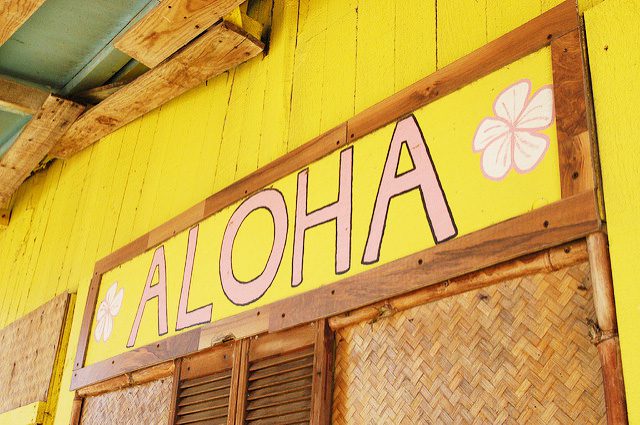
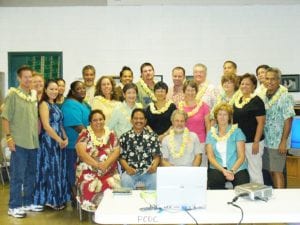

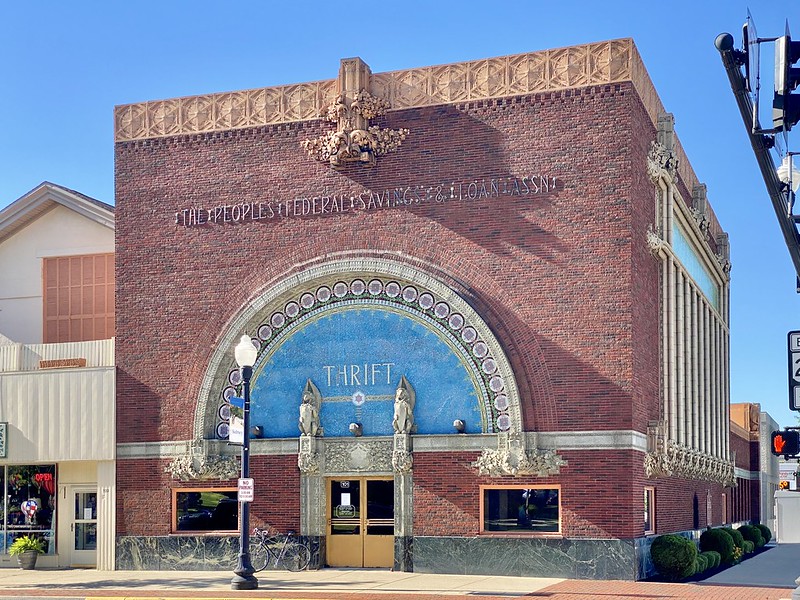
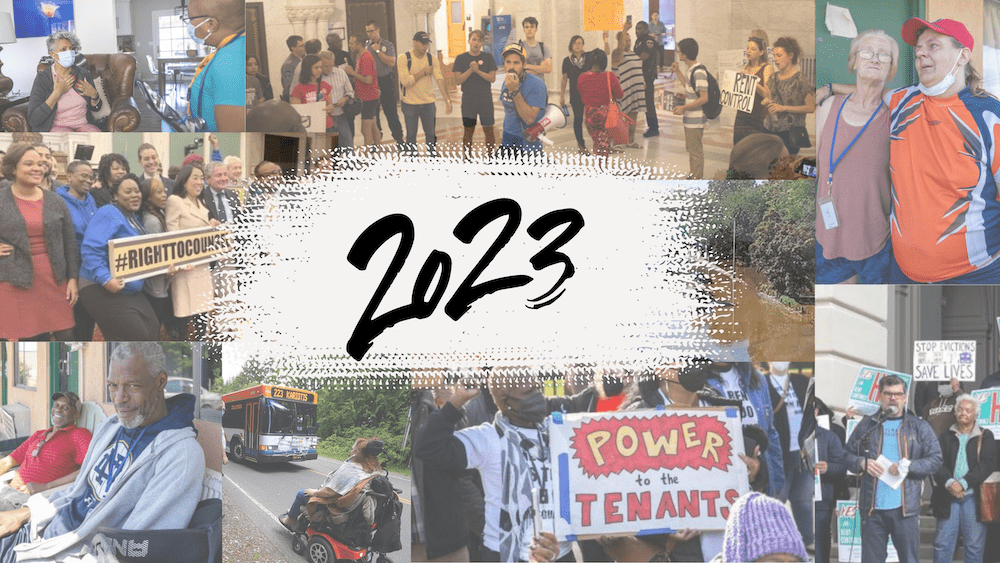
Comments